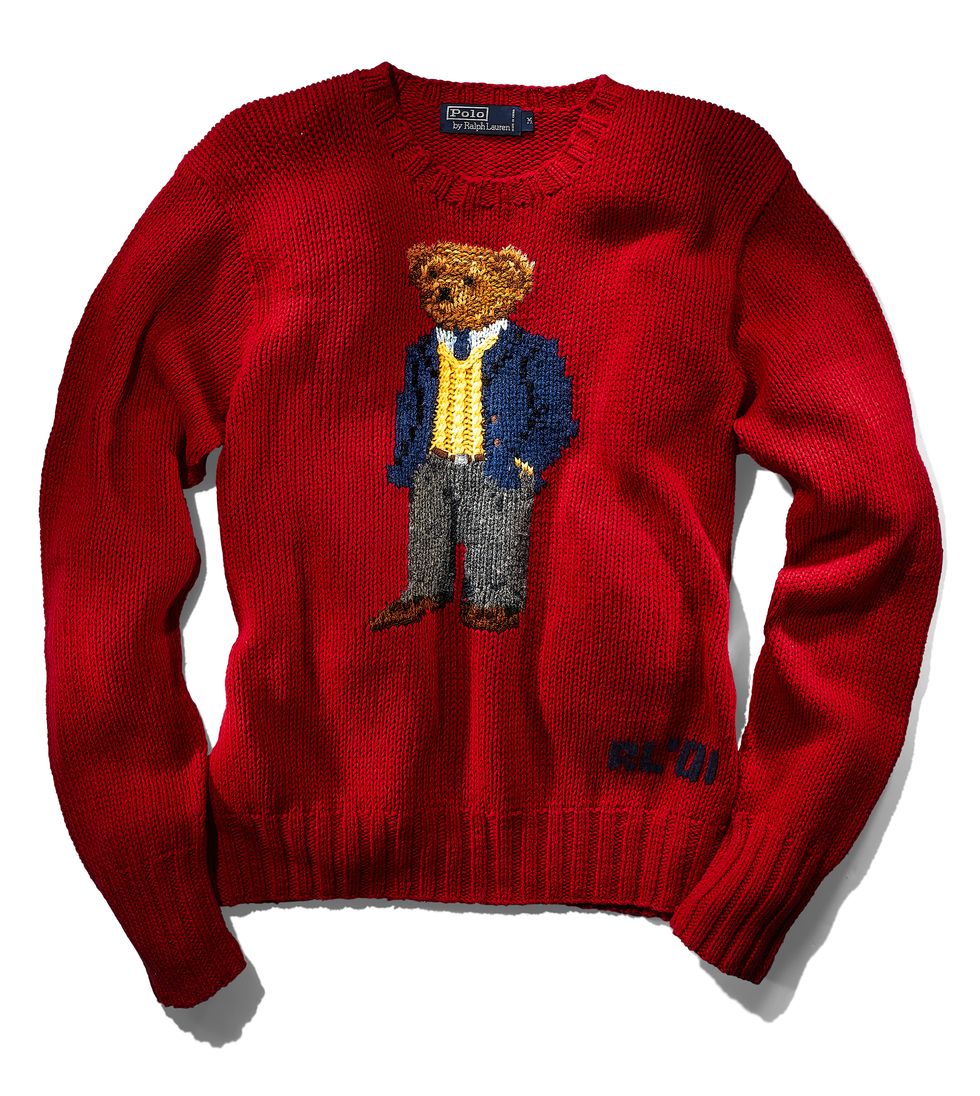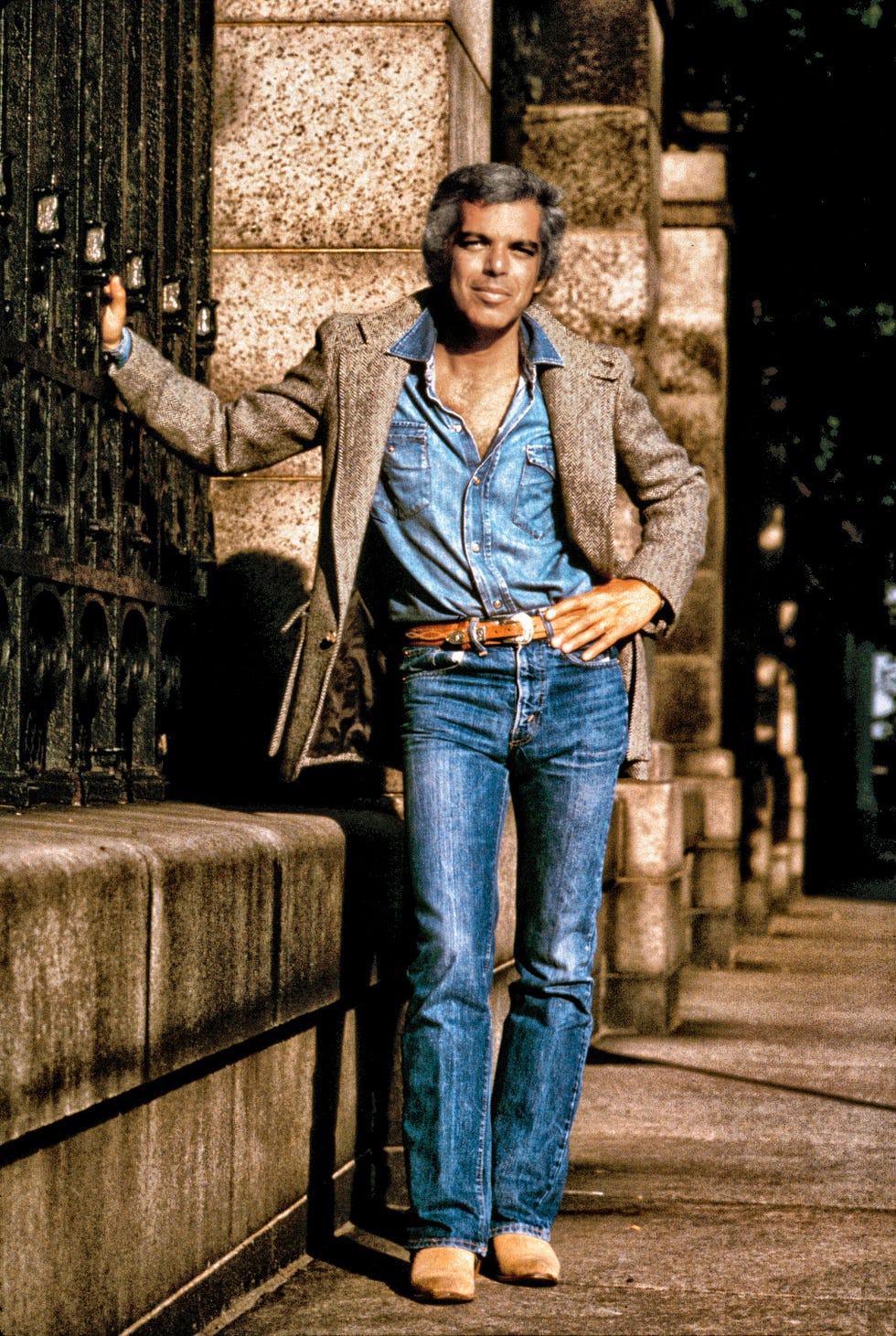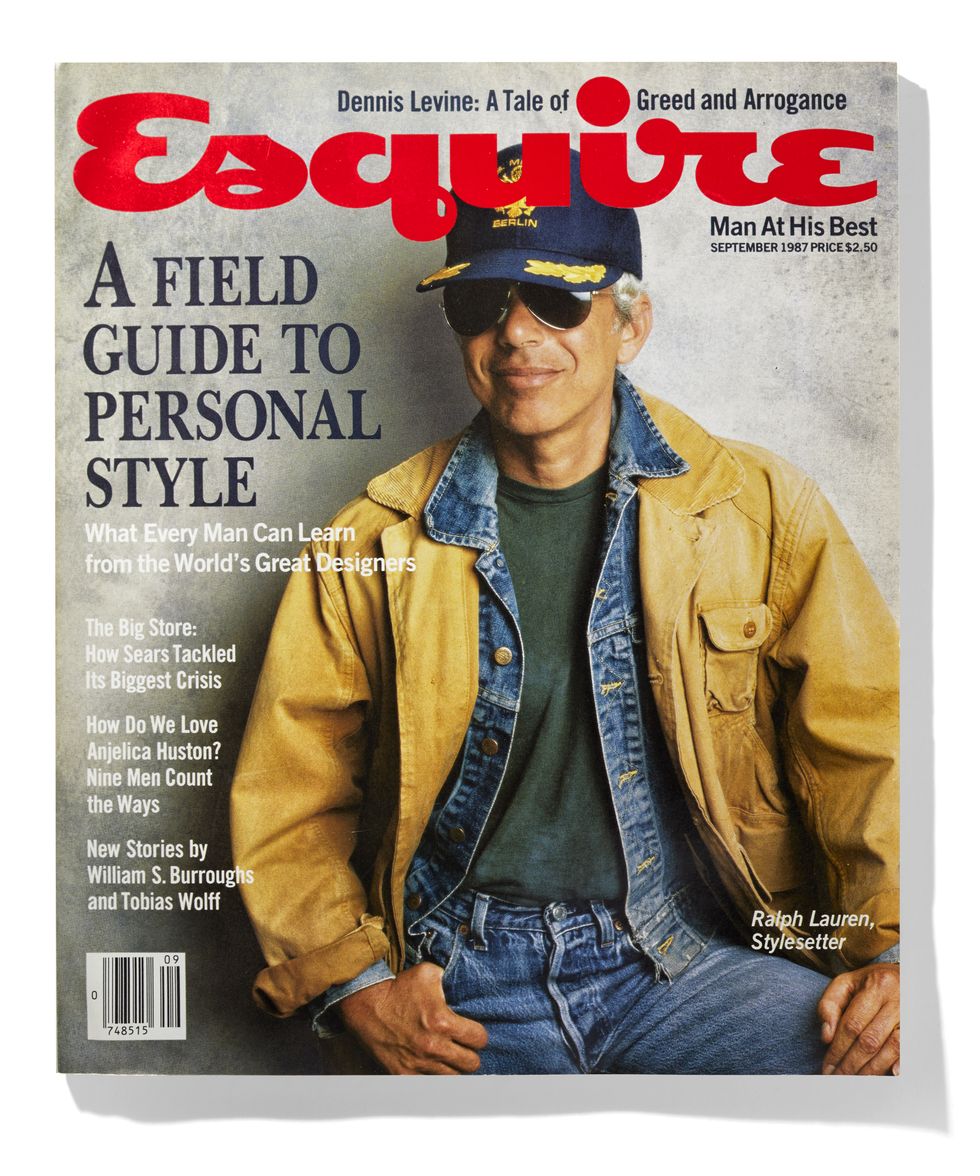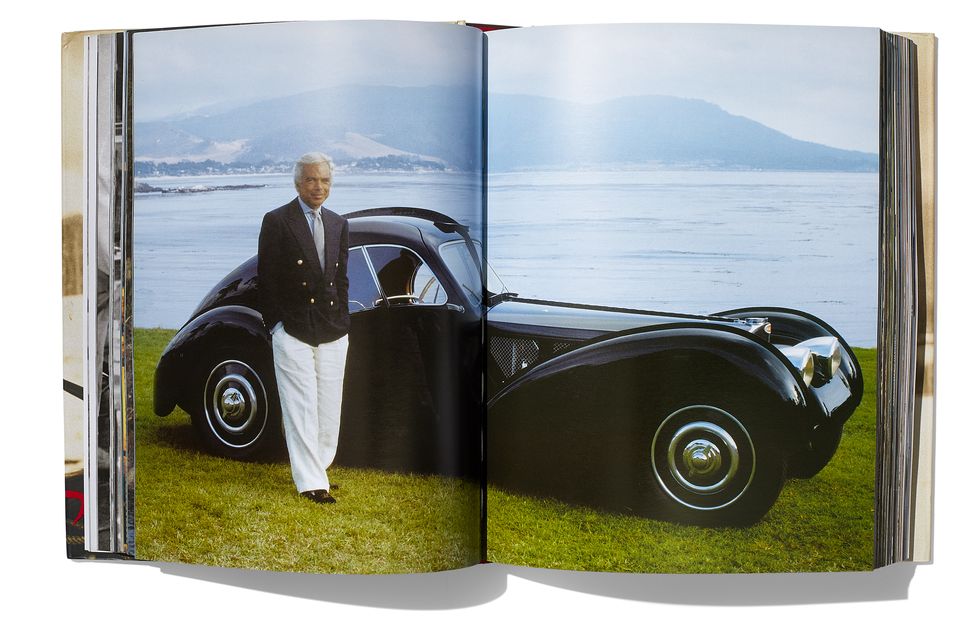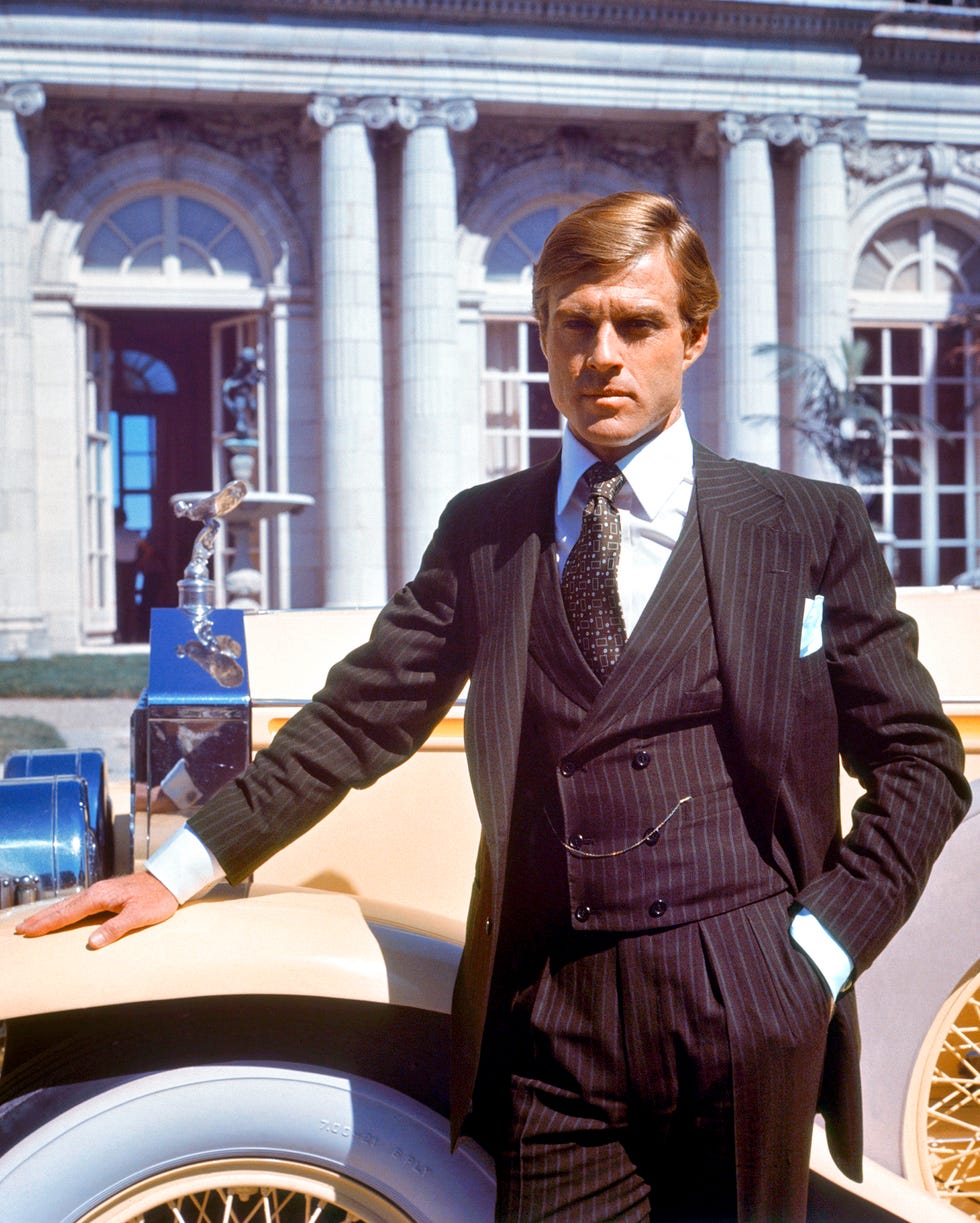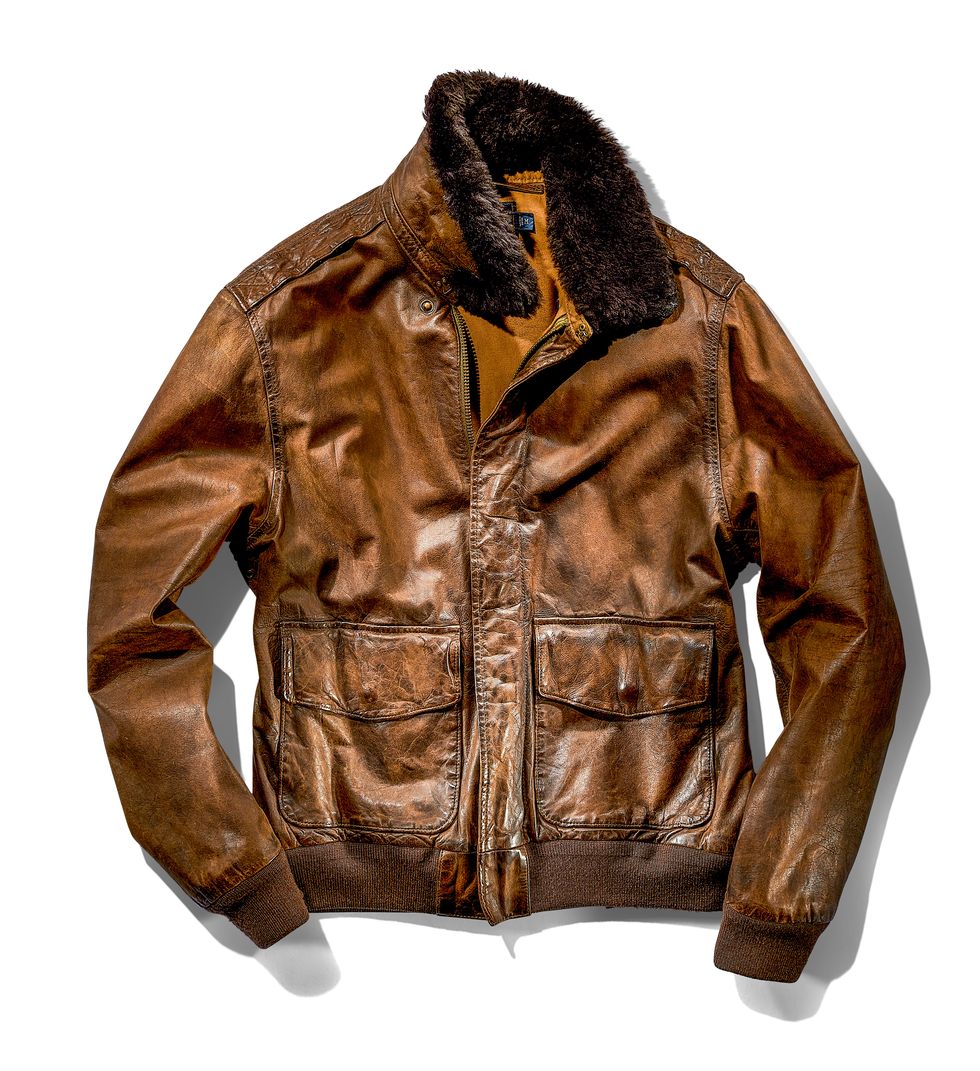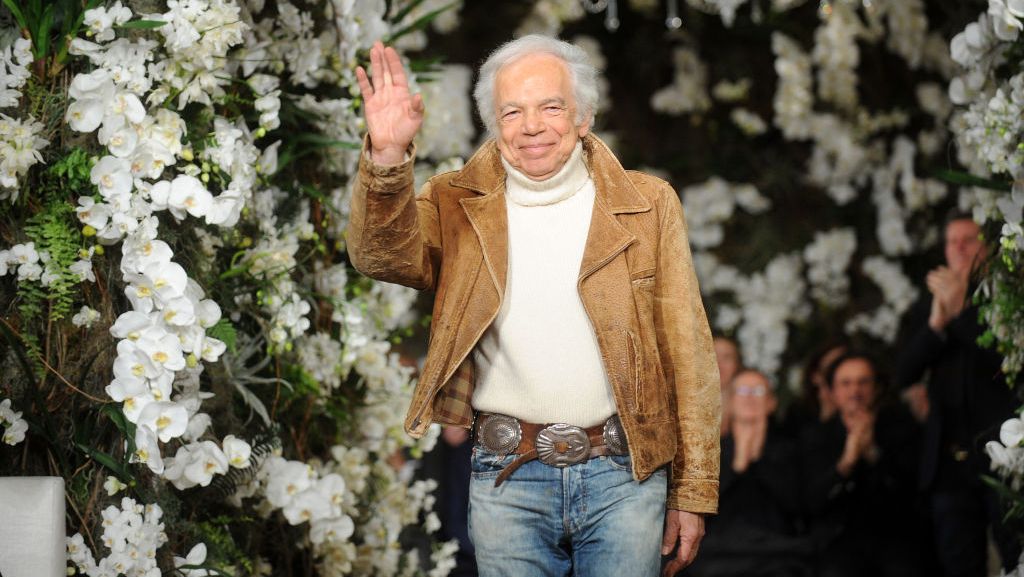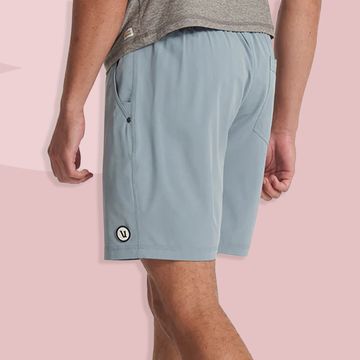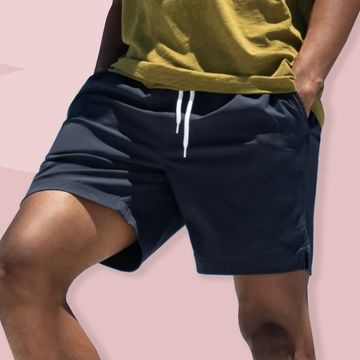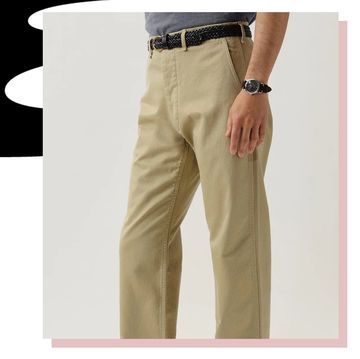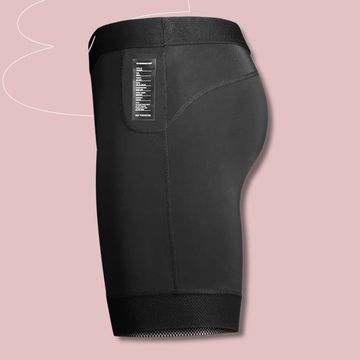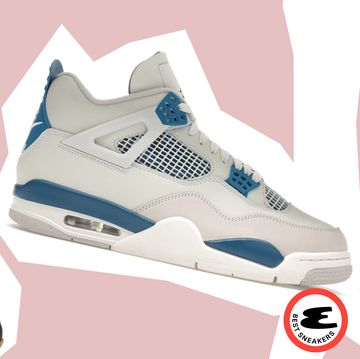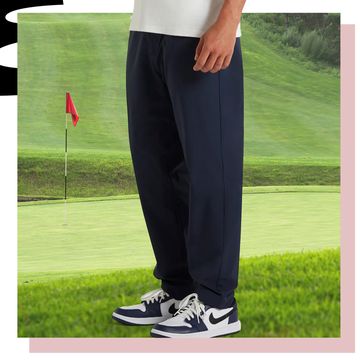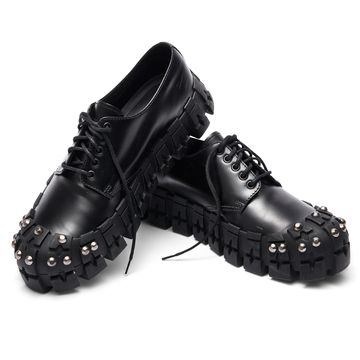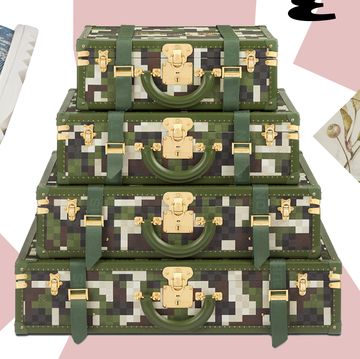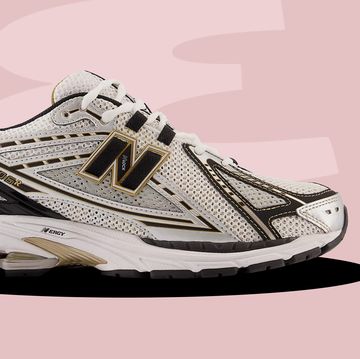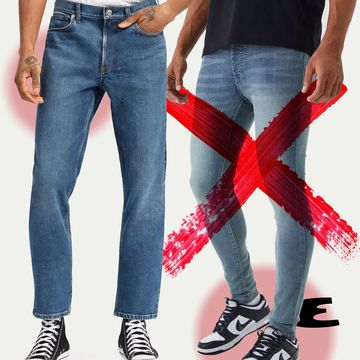He was a Bronx-born son of immigrants who grew up prizing a certain idea of America, then sold it right back to us. Eventually his name would be dropped in rap songs and sitcoms, becoming synonymous with a lifestyle of ease and plenty. But in 1967, all he had was a line of neckties, which he sold from a drawer in the Empire State Building.
This article appears in the November '18 issue of Esquire. Subscribe
Greg Lauren (fashion designer and nephew): “He was growing up in the Bronx, and it was a time when heroes really meant something. Between movies and sports, those heroes drove his inspiration and his passion to create.”
David Lauren (executive vice-president, Ralph Lauren, and son): “Ralph Lauren started with a tie. My mom and my grandmother used to help sew the labels into them, and he would take these ties and go door-to- door to department stores, trying to get people to buy them.”
Tom Selleck (actor): “Back in the sixties, I worked at a clothing store on Wilshire as a salesman. Somewhere in that period, this guy used to come in the store; I don’t think I ever talked to him. But he had a line of ties and he was repping them. And that was Ralph.”
He conquered men’s wear, then women’s wear, while dressing movie stars like Robert Redford in The Great Gatsby and Diane Keaton in Annie Hall. He decided to embroider a pony on a shirt and it became a Hamptons staple, then a worldwide imprint. And just like Studio 54 became a second home to certain downtown New York personalities of the late seventies, Lauren’s flagship “Mansion” store on Madison Avenue was a mecca for uptown denizens a decade later when it opened in 1986. Even to those who couldn’t quite afford what Lauren was selling.
Jerry Seinfeld (comedian): “I remember the jeans and the cologne. Everybody was wearing that. It was very aspirational for me at that time. I was completely broke for most of the seventies and eighties. So it was just, you know . . . it was, like, when you made it, that’s what you would buy. Something of style and quality like Ralph.”
Diane Keaton (actress): “Isn’t he the best tailor in the world? I remember those days when I didn’t have money to buy Ralph Lauren, and can you imagine how exciting it was to have a couple of his pieces?” Interview with Vogue, 2017
Paul Goldberger (architecture critic and friend of Lauren’s): “Everything is as much about setting as the thing itself. Which is of course the whole genius behind the [Madison Avenue] store. You go into that store and you feel good. And so you wanna buy things. Because you’re buying a piece of this life. That was his whole idea—you know, come into my movie, buy a piece of this life. As opposed to just a piece of clothing.”
Keaton: “I feel like I grew up with. His closet was kind of like my closet. He loved the way women looked in men’s big jackets and sweaters and lots of layers. But more than that, he has always loved women, particularly those with a strong sense of themselves. Annie Hall was very much that kind of woman, but he never took credit for her look. He always emphatically stated that she was me and her style was my style. Actually it was all Ralph.”
Oprah Winfrey (media executive and actress): “When I first moved to Chicago and was making enough money to pay my rent and still had something left over, my idea of celebrating that success wasn’t to get a fancy car or jewelry. My idea of success was to get Ralph Lauren towels.” From her toast at Lauren’s anniversary dinner
John Varvatos (designer and former head of men’s-wear design, Ralph Lauren): “In the mid-to-late eighties, people basically wanted to sleep over at Ralph Lauren to make sure that they were able to get their orders in. It was a crazy thing. There were customers in the showroom at three o’clock in the morning. There were people waiting to see if they could get an appointment to buy Ralph Lauren.”
Selleck: “I used to fight with Michael Crichton when new stuff came in at the Polo store in Beverly Hills. We were the same size, and we’re tall. And it was really great for tall guys, the way Ralph cut his stuff.”
Marcus Wainwright (designer, Rag & Bone): “My initial reading of Ralph was that he was the pinnacle of fashion for a young seventeen-year-old in England. And hence the first thing that I ever bought that was even vaguely from a designer brand was something from Ralph, which was a classic red sweatshirt. I bought it in a little shop in Méribel in France, and I still have it.”
Tom Hiddleston (actor): “I think it was a blue jumper I bought, and it lasted me a long time. I tend to wear things until they fall apart. It was a beautiful color, and it worked in winter and summer. I remember that.”
Eventually a new generation of models and designers started changing the face of fashion. The common thread? They had all worked at the same place, under the same guy. People started calling it Ralph Lauren University.
Tyson Beckford (model and actor): “He was like this image I’d already had in my head. But then when I met him, he was just this really sweet, well-dressed gentleman and you hung on every word he said. You have this whole staff of people standing around him like he was the president of the United States. And there he is engaging with you, just talking about regular stuff.”
Naomi Campbell (model and actress): “Wow. They’re going to use two black models in one ad in America. That’s what I remember thinking when I learned that I was doing the Polo ad campaign with Tyson Beckford in 1995. People in fashion tell you things all the time, and when the time comes, things change. But I’d known Ralph since I was seventeen, and I knew he was a man of his word. To pair me with Tyson for that campaign—to have two black models in a single ad—was astounding.” Esquire, 2007
Tim Easton (model): “He did these sort of casual shows where people from magazines would be in the office with him, and he’d talk about me—I was ‘Tim, one of the guys we photograph a lot,’ and he would just sort of introduce you. He was always very nice, very friendly. It felt like he knew me more than I knew him because he’d seen my picture for so many years.”
Simon Spurr (designer and former design director, Ralph Lauren Purple Label and Black Label): “He is such a quiet, humble, respectful man. And he was just a really excellent communicator. He doesn’t always communicate with words. Sometimes he wouldn’t say he didn’t like something, but he would come onto the floor and we’d be showing him the concept, and he’d just look around and drop his head. And we knew. But I also remember one night at 11:00 p.m., he just casually walked onto the floor to use the bathroom. And he stops and he chats with us. He’s very approachable, and it’s nice that he acknowledged not just the senior people but the team. He was very respectful of the amount of hours and time that we all dedicated to him.”
Beckford: “Ralph Lauren is a fashion institute as well as a brand. Because you went there wet behind the ears, and you left there a scholar.”
Wainwright: “We were talking about Rag & Bone, and we said [to Ralph], ‘If you had one bit of advice for us, what would it be?’ And he said, ‘Open a store. The only way people are going to understand your brand is if you open a store.’ So we left and rang a real estate agent and said that we needed a store.”
Varvatos: “When I told Ralph that I was going to leave and start my own collection, he had a big smile on his face, and he said, ‘Okay, here’s the thing: If you really feel that you have something new to say, you have my blessing.’ I said, ‘I really do feel that I do,’ and he said, ‘Then you have my blessing, and stay true to yourself.’ Every time I see him over the years, he says, ‘You’re really doing it. You’re doing your own thing. You’re staying true to yourself. Keep doing that.’ ”
Thom Browne (designer, formerly at Club Monaco, owned by Ralph Lauren): “Ralph has always been someone who sees talent in people before they even see it themselves. He truly supports and nurtures creative talent. Most important, he instills in creative people the power in staying true to yourself. That’s his most lasting legacy.”
Fifty years since he filled that drawer full of ties, Lauren has become part of the culture. With a personal wealth estimated to be in the billions, he could spend his time and his money in almost limitless ways. It would be easy, at nearly eighty years old, to retire and recede from the spotlight. Instead, he’s staying as busy as ever. He spends time with his family—a tight-knit group that’s always been at the core of his vision. He goes for a spin in one of the cars from his world-class collection. And he keeps building his dream—with an impossible-to-book Manhattan restaurant, with fresh collections each season, and with a sense of humility that says, even after all this, he’s still not sure how he got here.
Goldberger: “I remember once when we were walking around his house in Montauk, and he showed me how he’d converted a garage into a screening room. And he said, ‘Well, I’ve always loved the movies.’ But then he paused and said, ‘But I really also did this so the kids would come more.’ I mean, whose father wouldn’t say that?” Selleck: “I gave a speech [in 1989 at the American Academy of Achievement, where Lauren was also being honored], and I said, ‘You know, for all I’ve accomplished, I’ve never really felt that I was quite in the club.’ And Ralph called me up later and said, ‘You know, I get that feeling sometimes.’ ”
Mark Seliger (photographer; his portrait of Lauren hangs in the National Portrait Gallery): “I was doing some photographs at his house in Bedford [New York], and we got there around eight. He and his wife met us at the door. And he was very sweet, and I remember he had riding jodhpurs on. These beautiful riding boots. Thick turtleneck sweater on. He just looked like a million bucks. He says, ‘I’ll be right back; I’m gonna go for a quick ride.’ I said, ‘Oh, wow. We should really do a picture like that, so be sure you don’t get too much dirt on you.’ He said, ‘No, no, no, no, no.’ He says, ‘When I say I’m going for a ride, I’m going for a ride in my Lamborghini.’ ”
Seinfeld: “He is as crazy about cars as I am, and a lot of these accomplished men will collect cars, but they’ll collect them as baubles and objects to impress other people. Ralph is not like that. He actually loves the car for what it is—loves to drive it, loves to talk about it. And he is fast. He thinks that speed limits are just suggestions. He claims that Comedians in Cars Getting Coffee was his idea. And I suppose he deserves a certain amount of credit. We do a lot of that, and it does seem like it’s just a great, simple way to get to know somebody. We’re just in a car, we’re having coffee. I’ll give him some credit.”
Geoffrey Zakarian (restaurateur): “When you get [to the Polo Bar], it’s almost laughable. It’s like, of course. Of course there are horse paintings. Of course there’s wood. All the things that matter, he understands. A store is very hard to run. There’s the staff, there’s the customer relationship, there’s inventory. A restaurant is ten times as hard. It involves ten times the staff, ten times the customer relations. Twenty times the inventory, and it’s all perishable. That he’s pulled it all together, and done it well, is saying something.”
Varvatos: “I’ll tell you the other thing that he said, which is: Never stop dreaming. Because he gave me the opportunity to dream when I was there, and he made me feel that I could dream when I started my own company as well.”
Goldberger: “I think he possesses dignity, which is not a common thing in the fashion industry. I don’t know [for] how many other people really that word would come quickly to mind. But it does with Ralph.”
—Interviews By Paul L. Underwood
